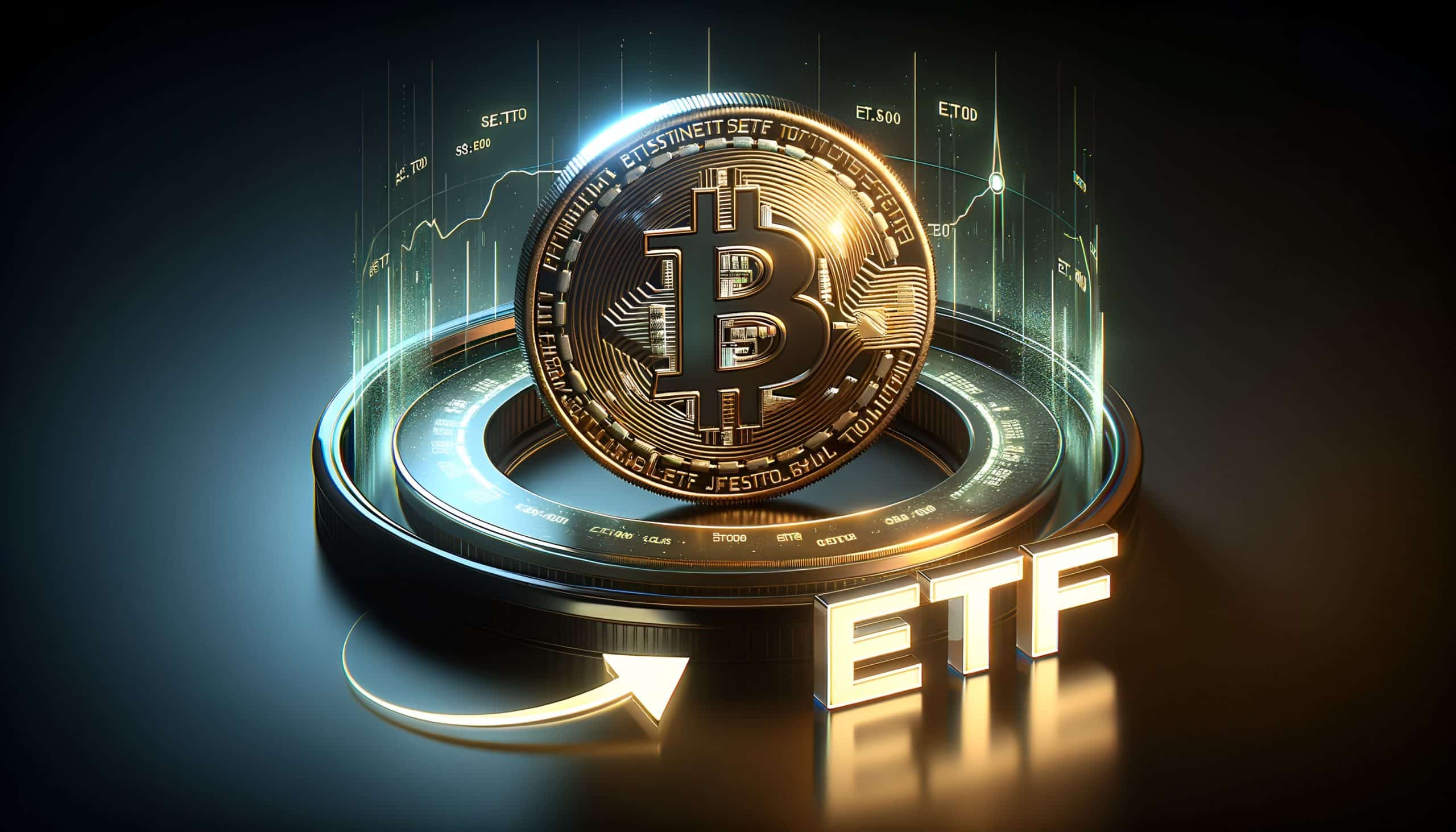Blockchain rewards are about to halve, is it still worth investing in Bitcoin miners?
Upcoming Blockchain Halving Should You Continue Investing in Bitcoin Miners?Author: Roger Huang
Translation: Luffy, Foresight News
The block reward for Bitcoin mining will be halved every four years. The next halving is set to occur in April 2024, at which point the block reward subsidy will decrease from 6.25 bitcoins (worth $221,000) to 3.125 bitcoins (worth $110,625). Miners also receive transaction fees paid by network participants, but these only make up a small portion of their compensation. While the actual impact of the halving will double the production cost for Bitcoin miners, Bitcoin mining stocks may still be a good fit for certain cryptocurrency portfolios.
Background
The Bitcoin network adds transactions to the network through a process called mining. As compensation for the computational and energy costs involved, miners currently receive a block reward of 6.25 bitcoins for each block. This is the only way new bitcoins are created, and the halving is a way to slow down the inflation rate and make existing assets more scarce. This process will continue until the last bitcoin is minted in the year 2140.
- Nansen Founder 11 Bull Market Catalysts and 6 Bullish Trends
- PSE Trading A New Paradigm in Asset Issuance, Take Stock of the Bitcoin Metadata Protocol Worth Paying Attention To
- GameFi Public Chain Research (Part 2) Layer2 and Optimistic Tracks
15 years ago, when Bitcoin was launched, its value was only a few cents, and mining could be done on a regular laptop. Today, the combined hashing power of top miners exceeds 450 EH/s, making Bitcoin mining a big business. In fact, some estimates suggest that the annual energy consumption of the Bitcoin network is comparable to that of a medium-income country.
Bitcoin's hash rate in past market cycles, source: Forbes
This arms race brings costs of millions of dollars each year (e.g., for purchasing specialized hardware, energy expenses, and management fees), so many miners have evolved into multinational companies with global supply chains. In fact, there are 15 major miners listed on major stock markets such as Nasdaq and the Toronto Stock Exchange; their realized hash rates in October 2023 exceeded 0.5 EH/s, and here are the top 10.
Core Scientific used to be the largest Bitcoin miner in the world, but it filed for bankruptcy under Chapter 11 of the US Bankruptcy Code in December 2022. Most of the hash power on the Bitcoin network is held by private miners, many of whom operate mining pools that individual miners can join, source: Forbes
It is worth noting that the Bitcoin halving has always been a highly bullish signal in its history. Within 12 months after the halving in 2016, Bitcoin skyrocketed by 287%. In the financial boom driven by the COVID-19 pandemic, Bitcoin surged by 542% within 12 months after the halving. When Bitcoin was still in its infancy, it surged by 8,256% within a year after its first halving in 2012.
Past Bitcoin halving schedule, source: Forbes
Outlook and Impact
As mentioned above, miners are optimistic about their overall performance in 2023. Assuming history repeats itself, they may face a challenging 12-16 months until the full impact of the next halving takes effect to compensate for the reduced rewards. One significant reason causing this complex situation is that mining profitability is at historic lows, and the halving will occur during a period of rising interest rates, which may put pressure on assets like Bitcoin and gold that do not provide additional income. After the halving, many Bitcoin miners will need to immediately shift to cost-cutting mode to weather the potential downturn and catch up with the next wave. They may dilute shareholders’ equity to raise funds.
On the other hand, there are also bullish indicators. Since asset management giant BlackRock applied for listing a physically-backed Bitcoin ETF in June, Bitcoin has surged by more than 30%, and it has risen by 120% so far this year. As shown in the chart above, miners are one of the largest Bitcoin holders globally. Therefore, if a series of ETFs are launched in the United States (expected no later than March 2024), the value of these Bitcoins could soar. The magnitude of this impact will depend on how much capital is allocated to these new products.
The price rise in the second half of 2023 is exciting, but there is a wide range of assessments. For reference, the first Bitcoin futures, ProShares Bitcoin Strategy ETF (BITO) in the US, surpassed $1 billion in assets under management. In contrast, SPDR Gold Shares (GLD), the first gold ETF established in the early 2000s, raised $1 billion in the first three days of listing, setting a record at that time. The daily trading volume of Bitcoin spot is about $17 billion, so $1 billion accounts for nearly 6% of the daily trading volume. A sudden surge could also liquidate short positions, accelerating any upward trend.
How to Make Decisions
For investors, finding the right balance in their entire cryptocurrency investment portfolio is essential, even when it comes to Bitcoin. Miners tend to offer more beta (return/volatility) rather than just directly holding Bitcoin. For example, by 2023, the value of nine leading publicly traded Bitcoin mining stocks has increased by 250%, nearly three times the increase in Bitcoin prices. Of course, the opposite is true when the market is down in 2022.
The majority of Bitcoin investment focused on mining stocks may not be prudent, but it could be a useful catalyst during a bull market. It would be better to allocate your Bitcoin investment to directly holding the asset or purchasing exchange-traded products such as potential spot ETFs, MicroStrategy (the world’s largest Bitcoin corporate holder), or closed-end terminal funds like the Grayscale Bitcoin Trust, which is currently trading at a 13% discount to its net asset value.
When deciding what to hold, it is important to consider several factors such as production costs and debt on the balance sheet (which could increase the need to sell Bitcoin to pay expenses and harm long-term financial interests). Here are some useful data points for reference, but it is important for any investor to do their own research.
- According to independent analysis comparing the enterprise value of Bitcoin mining stocks to their revenue, market leaders Marathon and Riot seem slightly overvalued. On the other hand, companies like BitDeer and Stronghold Digital have lower trading ratios. This doesn’t mean investors should immediately aim for the left side of the charts, as blue-chip mining companies like Riot and Marathon have reason to trade at a premium, as they are better equipped to weather a difficult post-halving period. It is also worth noting that they hold the largest Bitcoin inventories among all publicly traded miners, which could prove extremely valuable in the next 12-16 months. Therefore, all aspects of the mining business must be considered when making investment decisions.
- TeraWulf is a company that is increasingly attracting attention from the investment community because it signed an ultra-cheap nuclear energy contract in Pennsylvania in March, protecting it from geopolitically driven energy price increases.
- Applied Digital Holdings (APLD: NASDAQ) is not a mining company per se, but a provider of infrastructure services to miners. It has also become a focus of investor attention due to recent high-value artificial intelligence orders. Many Bitcoin miners are clamoring to enter the field of artificial intelligence, but for most, it is just marketing rhetoric.
- Considering Core Scientific’s massive computing power and its expected relisting on NASDAQ in January, it seems attractive to investors. However, it is worth noting that even if the company successfully emerges from bankruptcy litigation, it will carry a heavy debt burden and will need to repay it by continuing to sell the Bitcoin it mines. This means its treasury will likely remain at 0 for the foreseeable future.
We will continue to update Blocking; if you have any questions or suggestions, please contact us!
Was this article helpful?
93 out of 132 found this helpful
Related articles
- If you plant flowers with all your heart but they don’t bloom, how to solve the anxiety about zkSync derivatives?
- A glance at six Bitcoin wallet interactive tutorials
- LianGuai Daily | Former FTX executives join forces to create new crypto exchange; stablecoin protocol Raft is developing a recovery plan to compensate customers.
- CME Bitcoin futures surpass Binance for the first time, why is it a milestone moment for the cryptocurrency market?
- Understanding Hong Kong’s New STO Regulations in One Article Circular on Intermediaries Engaging in Tokenized Securities Activities
- Looking at Decentralized Orderings from the RaaS Platform
- The Crypto Chronicles: A Tale of Two Frauds










